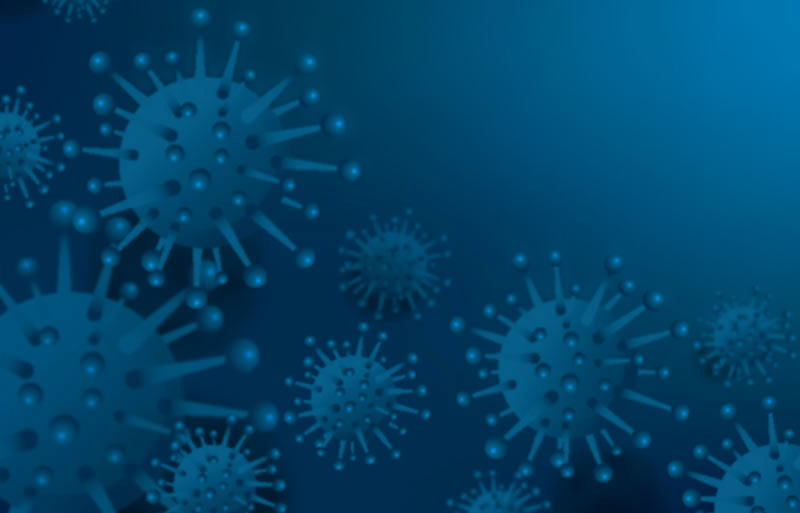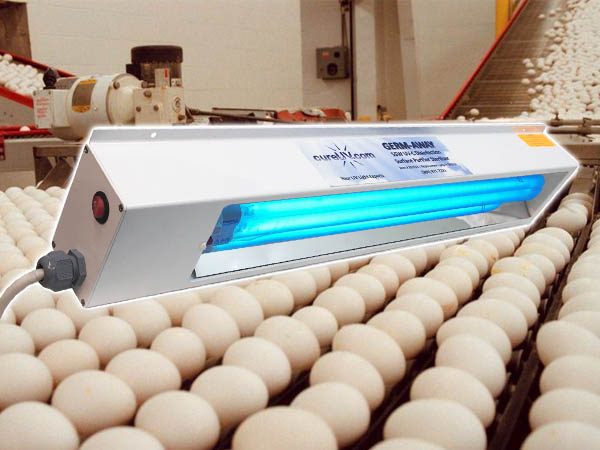Checking Out UV Disinfection: A Crucial Device in the Fight Against Damaging Pathogens
As the world deals with an ever-increasing danger from dangerous pathogens, the search for efficient methods of disinfection has actually come to be an urgent concern. While conventional cleansing approaches have actually revealed some success, there is an expanding recognition that we need to check out cutting-edge approaches to fight these unseen adversaries. One such approach that has garnered significant focus is UV disinfection. Using the power of ultraviolet light, this modern technology has actually demonstrated promising cause getting rid of a large array of microorganisms. Exactly how does it work? What are the benefits? And where can it be used? In this conversation, we will certainly explore the world of UV sanitation, revealing its prospective as a crucial device in the fight against damaging microorganisms.
Exactly How Does UV Disinfection Work?
UV sanitation functions by making use of ultraviolet (UV) light to remove hazardous pathogens and stop their spread. This extremely reliable approach includes making use of UV radiation to disrupt the DNA and RNA of microbes, providing them incapable to reproduce and triggering their best devastation.
When UV light is made use of for sanitation, it is typically released from a light or light bulb that produces a details wavelength of UV-C light. uv surface disinfection. This wavelength, ranging from 200 to 280 nanometers, is especially effective at permeating the external cell wall of microorganisms, infections, and various other microorganisms. When inside the cell, the UV radiation targets and harms the hereditary product, stopping the microbe from triggering and duplicating infection
UV disinfection systems are developed to produce the proper intensity and duration of UV light to make certain effective virus removal. The dose of UV light needed for sanitation relies on elements such as the kind of microbe, its resistance to UV radiation, and the specific application. Additionally, the system has to be very carefully crafted to make certain proper direct exposure of the target microorganisms and to avoid any kind of potential harm to human beings or the environment.
The Advantages of UV Sanitation
UV sanitation offers a plethora of advantages in properly eliminating damaging pathogens and minimizing the risk of infection. One of the main benefits of UV disinfection is its ability to give a chemical-free and eco friendly service. Unlike conventional sanitation methods that count on chemicals, UV disinfection utilizes ultraviolet light to damage the DNA and RNA of microorganisms, rendering them incapable to reproduce and create infections. This chemical-free approach guarantees that no harmful deposits are left behind, getting rid of any kind of possible wellness threats related to chemical disinfectants.
Another substantial benefit of UV disinfection is its performance in killing a wide variety of pathogens. UV light has been shown to successfully get rid of bacteria, infections, fungis, and protozoa, including those that are immune to typical disinfectants. This broad-spectrum performance makes UV disinfection a versatile device in different settings, such as healthcare facilities, water therapy plants, and food handling markets.
In addition to its efficacy, UV sanitation likewise provides fast sanitation cycles. Unlike other approaches that call for extensive get in touch with times or repetitive applications, UV sanitation can attain considerable pathogen reduction immediately. This reliable and quick process allows for enhanced productivity, minimized downtime, and increased overall functional performance.
Additionally, UV disinfection is a non-contact technique, which suggests that it does not call for straight physical call with the things or surface areas being decontaminated. This attribute makes it appropriate for usage on fragile tools and sensitive products that may be damaged or influenced by various other disinfection techniques.
Applications of UV Sanitation in Health Care

UV disinfection is additionally made use of in the sanitation of medical equipment and tools. Furthermore, UV disinfection is made use of in water therapy systems within health care centers.
Moreover, UV disinfection technology is used in the disinfection of medical care uniforms and personal protective equipment (PPE) By making use of UV light, healthcare specialists can make sure that their uniforms and PPE are cost-free from virus, protecting against the transmission of infections between patients and healthcare workers.
UV Disinfection in Public Spaces
Public rooms are increasingly executing UV disinfection innovation as an important action to fight the spread of damaging pathogens. With the ongoing global pandemic and the consistent hazard of contagious conditions, the need for effective sanitation methods in public locations has actually ended up being vital. UV sanitation uses a efficient and trusted option hereof.

UV disinfection systems make use of ultraviolet light to deactivate the DNA and RNA of bacteria, viruses, and other virus. This process disrupts their ability to reproduce and render them safe. These systems can be installed in different public spaces, including a/c systems, escalators, lifts, and surface area disinfection robots. Making use of UV disinfection technology in public rooms not just aids in decreasing the threat of infection however additionally imparts self-confidence among the general public regarding their safety.
As public rooms remain to adjust to the difficulties posed by contagious illness, UV sanitation modern technology plays an essential this hyperlink role in making sure a risk-free and tidy atmosphere. By executing such steps, public areas can properly mitigate the spread of damaging microorganisms and contribute to the general wellness of the neighborhood.
The Future of UV Sanitation Innovation
As the need for enhanced sanitation techniques remains to grow in action to the continuous global pandemic and the consistent threat of transmittable illness, the future of UV sanitation technology holds promising improvements in making certain much more effective and reliable virus removal in various setups.

One location of improvement is the advancement of even more mobile and portable UV sanitation devices. These devices would enable for simpler and much more adaptable deployment in a from this source range of settings, such as offices, colleges, and transportation systems. Furthermore, developments in automation and robotics are being discovered to improve the effectiveness and performance of UV disinfection pop over to this site procedures. This includes using autonomous robotics geared up with UV-C lights to navigate and disinfect huge areas promptly and accurately.
An additional area of exploration is making use of UV disinfection in air purification systems. By incorporating UV-C lights into heating and cooling systems, airborne microorganisms can be effectively reduced the effects of, decreasing the threat of transmission in indoor settings.
Moreover, researchers are examining the usage of UV sanitation in food handling centers to ensure the safety and high quality of foodstuff. UV-C light has been found to be efficient in getting rid of foodborne pathogens, using a chemical-free alternative to typical sanitation techniques.
Conclusion
In final thought, UV disinfection is an important device in the fight versus dangerous pathogens. With its capacity to provide a chemical-free and ecologically pleasant method of disinfection, UV technology holds fantastic prospective for the future.
UV disinfection systems are designed to give off the proper strength and period of UV light to make certain efficient virus elimination. The dose of UV light required for disinfection depends on aspects such as the type of microorganism, its resistance to UV radiation, and the certain application. Unlike traditional sanitation approaches that rely on chemicals, UV disinfection utilizes ultraviolet light to ruin the DNA and RNA of microorganisms, providing them not able to replicate and cause infections.In enhancement to its efficiency, UV sanitation additionally supplies quick sanitation cycles. One of the main applications of UV disinfection in health care is in the sanitation of patient areas and operating theaters.